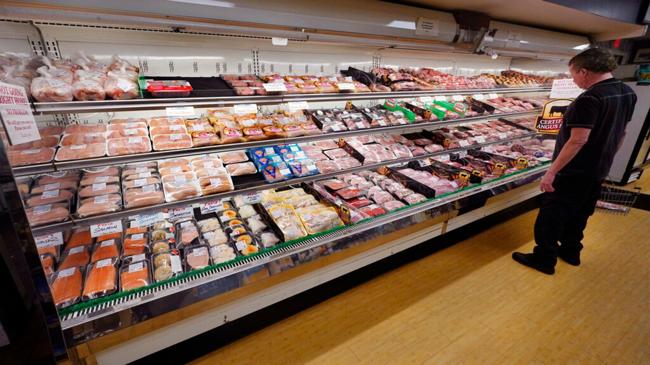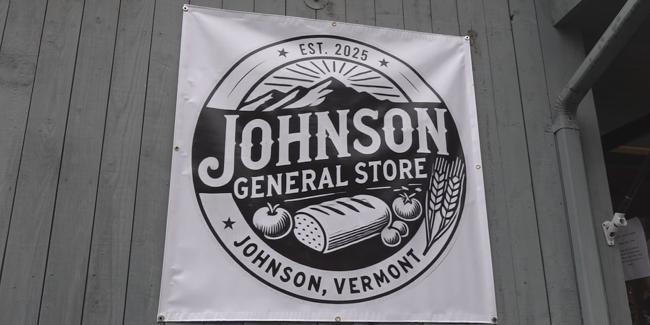Summary
You cant control the economy, but you can control how much you spend on groceries. A few changes can help you ride out price fluctuations and keep meals interesting and healthy.
Source: cleveland.com

AI News Q&A (Free Content)
Q1: What are the most effective strategies to recession-proof a grocery budget, according to recent consumer guidance and research?
A1: Effective strategies to recession-proof a grocery budget include meal planning, buying in bulk, prioritizing generic or store brands, and using discount retailers. Consumers are encouraged to compare prices, use loyalty programs, and avoid impulse purchases. Shopping with a list and sticking to it can help reduce unnecessary spending. Recent guidance also highlights the importance of tracking spending and utilizing coupons or digital rebates. These approaches can lead to significant savings while maintaining meal variety and nutritional quality.
Q2: How are innovations in supermarket technology helping consumers manage grocery expenses during periods of inflation?
A2: Supermarkets are deploying advanced recommendation systems, such as within-basket personalized recommendations, to help shoppers discover relevant deals and optimize their grocery baskets. These systems have been shown to increase average basket size and improve product discovery speed. Scanner data is also being used to provide real-time pricing and promotional information, enabling consumers to make more cost-effective choices. Technological innovations like these empower consumers to make informed purchasing decisions and maximize their budgets amid inflation.
Q3: What does recent scholarly research suggest about the impact of sustainability and nutrition labeling on consumer grocery shopping behaviors?
A3: Recent research has introduced the 'Scale-Score' label, which combines nutritional and environmental information to assist online grocery shoppers in making healthier and more sustainable choices. Experimental studies indicate that such labeling can support more nutritious purchases. However, the sustainability aspect of these labels may require further refinement to maximize their effectiveness. The integration of both nutritional and environmental data in product labeling is a promising direction for enhancing consumer decision-making.
Q4: What are some current trends in food ingredient innovation that promote health-oriented and sustainable grocery options?
A4: Recent studies highlight the development of plant-based ingredients, such as sesame protein isolate combined with gum tragacanth, which demonstrate robust structural and nutritional qualities. These innovations are characterized by enhanced thermal stability and health-oriented functionality, making them suitable for bioactive encapsulation and use in sustainable food products. Such ingredient innovations align with consumer demand for healthier and more environmentally friendly grocery options.
Q5: How can families maintain balanced nutrition on a tight grocery budget, based on recent nutritional research?
A5: Families can maintain balanced nutrition on a tight grocery budget by focusing on whole grains, legumes, seasonal fruits and vegetables, and lean protein sources. Planning meals in advance, choosing nutrient-dense foods, and reducing reliance on processed products are recommended strategies. Research emphasizes the importance of aligning grocery purchases with dietary guidelines to ensure adequate intake of essential nutrients, even when working within budget constraints.
Q6: What role does personalized grocery basket recommendation technology play in supporting consumer budgeting and healthy choices?
A6: Personalized grocery basket recommendation technology uses data-driven algorithms to suggest items that fit a consumer’s preferences, dietary needs, and budget. Studies have shown that these systems can increase efficiency, support discovery of healthier options, and streamline the shopping process. By tailoring recommendations, these technologies help shoppers avoid unnecessary spending while promoting balanced, nutritious purchases.
Q7: What are the key takeaways from recent research on the use of scanner data in tracking retail inflation and consumer spending habits?
A7: Recent research indicates that scanner data provides comprehensive transaction-level details, including prices and quantities, that enhance the calculation of consumer price indices and inflation measurement. This data allows for more accurate tracking of price changes and consumer spending habits, offering insights into how shoppers adjust their behavior in response to inflation. The use of scanner data supports retailers and policymakers in understanding and responding to economic trends affecting consumers.
References:
- Grocery shopping and budgeting, https://en.wikipedia.org/wiki/Grocery_Outlet
- How to recession-proof your grocery budget, https://www.cnbc.com/select/how-to-recession-proof-grocery-budget/





